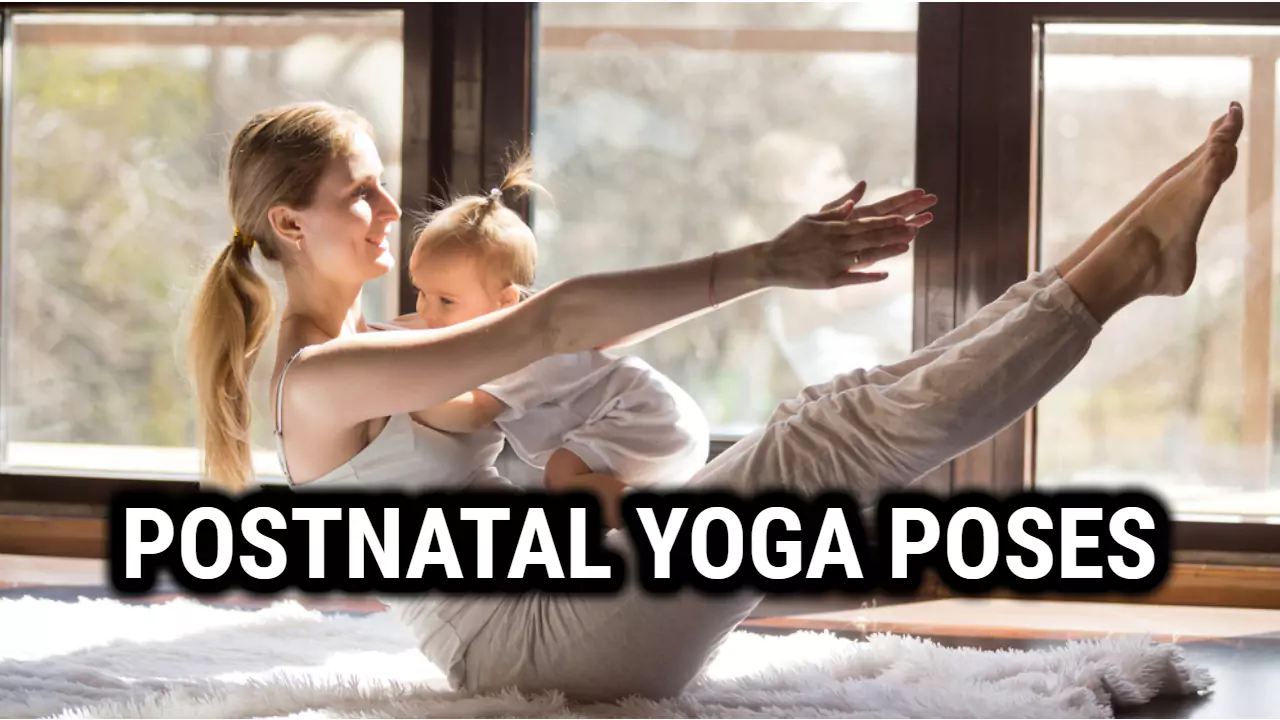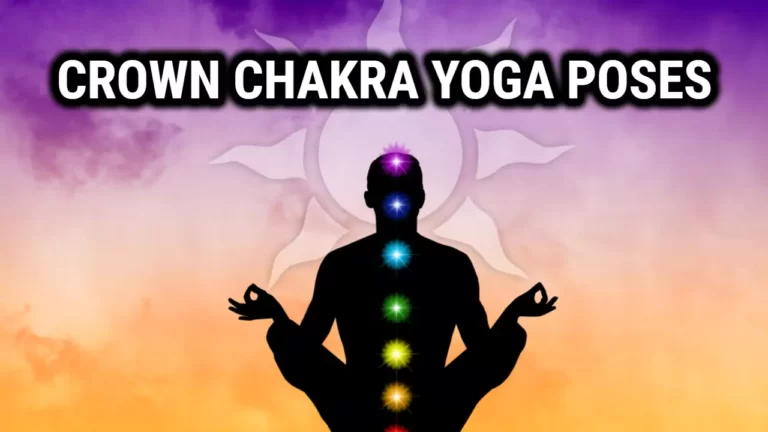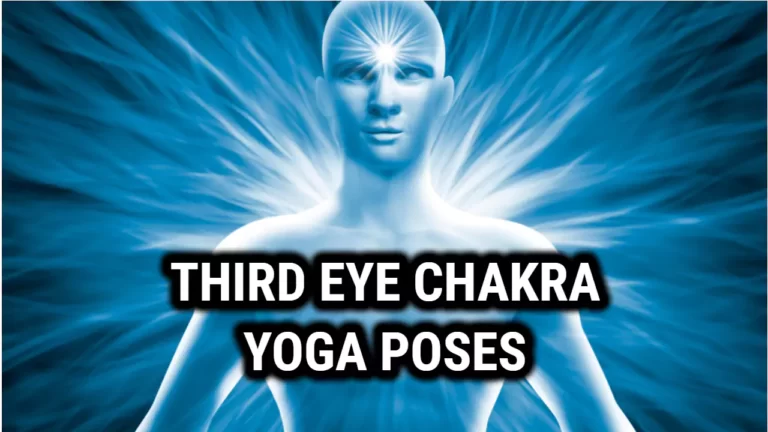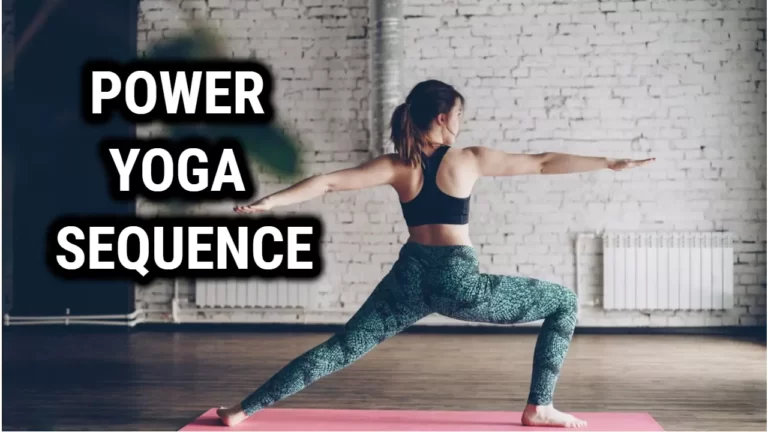Postnatal Yoga Poses: Gentle Exercises to Help New Moms Regain Strength and Flexibility

Postnatal yoga is a great way for new mothers to ease back into physical activity after giving birth. It can help with postpartum recovery, improve mood, and strengthen muscles. However, it’s important to consult with a doctor before starting any exercise routine.
Postnatal yoga poses can be modified to accommodate a new mother’s physical readiness and any postpartum conditions. Some poses can help alleviate common postpartum issues such as back pain, weakened pelvic muscles, and postpartum depression. Additionally, postnatal yoga can be a great way for new mothers to bond with their babies through poses that involve gentle movements and touch.
Why Practice Yoga Postpartum?
Yoga is a great way to help your body recover after childbirth. It can help strengthen your pelvic floor muscles, which can become weakened during pregnancy and childbirth. Yoga can also help you reduce stress and anxiety, which can be especially important during the postpartum period.
Additionally, practicing yoga can help you regain your pre-pregnancy strength and flexibility. Many postnatal yoga poses are designed to target the areas of the body that have been most affected by pregnancy and childbirth, such as the hips, lower back, and core muscles.
Benefits of Postnatal Yoga
Postnatal yoga is a gentle form of exercise that can help new moms recover from childbirth and adjust to the demands of motherhood. Here are some of the benefits of postnatal yoga:
- Relieves stress and anxiety: Postnatal yoga can help new moms cope with the stress and anxiety that often accompanies motherhood. Practicing yoga can help you relax, reduce tension, and improve your mood.
- Strengthens the body: Pregnancy and childbirth can take a toll on a woman’s body. Postnatal yoga can help new moms regain strength, improve flexibility, and tone their muscles. Yoga can also help alleviate back pain, improve posture, and promote healing.
- Boosts energy: New moms often feel exhausted and sleep-deprived. Practicing yoga can help increase energy levels and combat fatigue. Yoga can also help improve sleep quality and promote relaxation.
- Improves mental clarity: Postnatal yoga can help new moms clear their minds and improve their mental focus. Yoga can also help improve memory and concentration.
- Provides bonding time with baby: Many postnatal yoga classes encourage moms to bring their babies along. Practicing yoga with your baby can help strengthen the bond between mother and child.
Overall, postnatal yoga is a safe and effective way for new moms to improve their physical and mental well-being. By incorporating yoga into their daily routine, new moms can better cope with the demands of motherhood and enjoy the many benefits of this ancient practice.
Precautions to Keep in Mind
Postnatal yoga can be a great way to ease back into exercise after giving birth, but it’s important to keep a few precautions in mind to ensure your safety and comfort.
- Consult with your healthcare provider before starting any exercise program, including postnatal yoga.
- Start with gentle poses and gradually increase the intensity and duration of your practice over time.
- Avoid overstretching your abdomen, as it may still be healing from pregnancy and childbirth.
- Listen to your body and avoid any poses that cause pain or discomfort.
- If you are breastfeeding, consider wearing a supportive bra and nursing pad to prevent leakage during yoga practice.
- Avoid inversions, such as headstands and shoulder stands, until you have fully recovered and received clearance from your healthcare provider.
By following these precautions and listening to your body, you can safely and effectively practice postnatal yoga to support your physical and mental well-being after childbirth.
Postnatal Yoga Poses to Try
Postnatal yoga can help new moms regain strength, flexibility, and balance after giving birth. Here are some simple yet effective yoga poses that can be incorporated into your daily routine:
| Poses | Description |
|---|---|
| Mountain Pose | Stand with feet hip-width apart and arms at your sides. Inhale and raise your arms overhead, palms facing each other. Exhale and lower your arms. |
| Warrior II | Stand with feet wide apart, turn your right foot out and your left foot in. Bend your right knee and extend your arms out to the sides. Look over your right hand. |
| Triangle Pose | Stand with feet wide apart, turn your right foot out and your left foot in. Reach your right hand down to your shin, ankle or the floor. Extend your left arm up to the ceiling. |
| Downward-Facing Dog | Start on your hands and knees, then lift your hips up and back. Straighten your arms and legs, forming an inverted V-shape with your body. |
Some additional popular postnatal yoga poses
The cat-cow pose is one of the most popular postnatal yoga poses. This pose helps to stretch and relax the spine while strengthening the core muscles. It also encourages deep breathing, which can help reduce stress levels.
Cobra pose is great for strengthening the back, as well as improving circulation in the abdomen area.
Bridge pose is another beneficial postnatal yoga pose for new moms because it strengthens the hips and glutes while opening up the chest area for better breathing.
Pelvic Tilts are a great way to strengthen your pelvic floor muscles, which can become weakened during pregnancy and childbirth. To do a pelvic tilt, lie on your back with your knees bent and your feet flat on the floor. Inhale and tilt your pelvis forward, arching your lower back. Exhale and tilt your pelvis back, flattening your lower back against the floor.
It’s important to listen to your body and not push yourself too hard. If you experience any discomfort or pain, stop the pose and consult with your healthcare provider.
Remember to breathe deeply and stay present during your practice. Postnatal yoga can be a great way to connect with your body and bond with your baby.
Also Read: Prenatal Yoga Poses: Simple and Safe Ways to Support Your Pregnancy
Breathing Techniques for Postnatal Yoga
Breathing techniques are an essential part of postnatal yoga practice. They can help new moms to relax, reduce stress, and improve their overall well-being. Here are some breathing techniques that can be incorporated into postnatal yoga practice:
- Alternate Nostril Breathing (Nadi Shodhana): This technique involves inhaling through one nostril and exhaling through the other. It can help to calm the mind, reduce stress, and balance the body’s energy.
- Bhastrika pranayam: This is a breathing exercise that is a part of yogic practices. The exercise is done by inhaling and exhaling through the nose. This breathing exercise helps to increase the breathing rate, and improves the circulation of oxygen throughout the body.
- Ujjayi Breath: This technique involves breathing in and out through the nose while constricting the back of the throat. It can help to calm the mind and reduce stress.
It is important to remember to breathe deeply and slowly during postnatal yoga practice. This can help to reduce stress and tension in the body, and promote relaxation. It is also important to listen to your body and not push yourself too hard. If you feel uncomfortable or experience pain, stop and rest.
Breathing techniques can be incorporated into postnatal yoga poses to enhance their benefits. For example, inhaling deeply while lifting the arms overhead in Mountain Pose (Tadasana) can help to increase lung capacity and promote relaxation. Exhaling deeply while folding forward in Standing Forward Bend (Uttanasana) can help to release tension in the back and promote relaxation.
Guided Meditation Practices
As a traveler traverses through the desert, their path is guided by the stars in the sky. Similarly, when it comes to meditation practices, one can be guided by mindful visualization and body awareness to tap into their inner peace. Guided meditation is an effective way of finding stillness within oneself and connecting with one’s true self.
The process starts by finding a comfortable sitting position and setting an intention for the practice. This could be as simple as wishing for relaxation or focusing on healing from any physical or emotional pain. Once this has been done, close your eyes and allow yourself to be guided through the various stages of meditation. This could include deep breathing exercises, visualizations of calming images or sounds, and reflections on topics such as gratitude or self-love.
Guided meditation practices are a great way to cultivate inner peace while taking care of your mind and body at the same time. With regular practice, you’ll start to notice how much better you feel after each session: more relaxed yet energized; calmer yet focused; more balanced yet powerful. So take a few moments each day to journey inward – you never know what treasures await.
Related Rad: Couples Yoga Poses That Will Strengthen Your Bond Like Never Before
Conclusion
Postnatal yoga can be a great way for new moms to regain strength, flexibility, and overall wellness after giving birth. It can also provide a much-needed mental break and help reduce stress and anxiety.
When practicing postnatal yoga, it is important to listen to your body and not push yourself too hard. Start slowly and gradually increase the intensity of your practice over time. It is also important to consult with your healthcare provider before starting any new exercise routine.
Some of the most beneficial postnatal yoga poses include pelvic tilts, cat-cow stretches, and forward folds. These poses can help strengthen the pelvic floor muscles, relieve tension in the back and hips, and improve circulation.
Remember to always prioritize self-care and be gentle with yourself. Postnatal yoga can be a powerful tool in your postpartum recovery journey, but it is just one piece of the puzzle. Make sure to also prioritize rest, healthy eating, and seeking support from loved ones and healthcare professionals.






